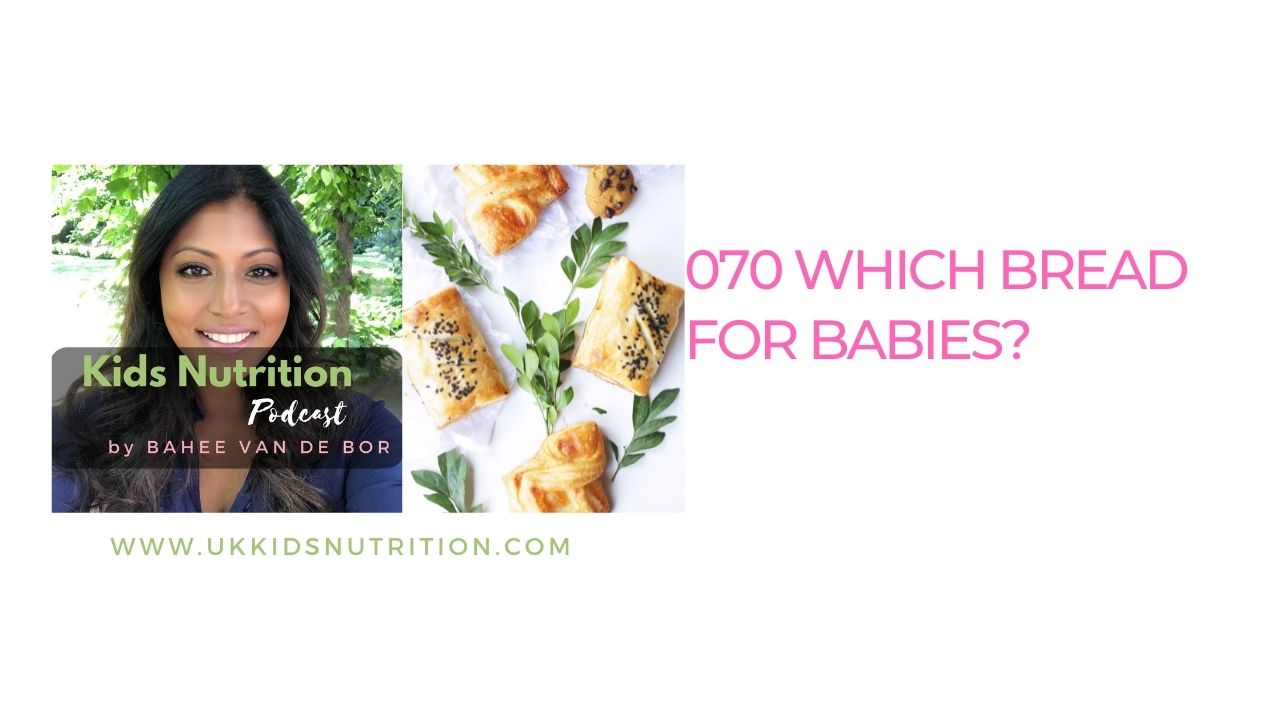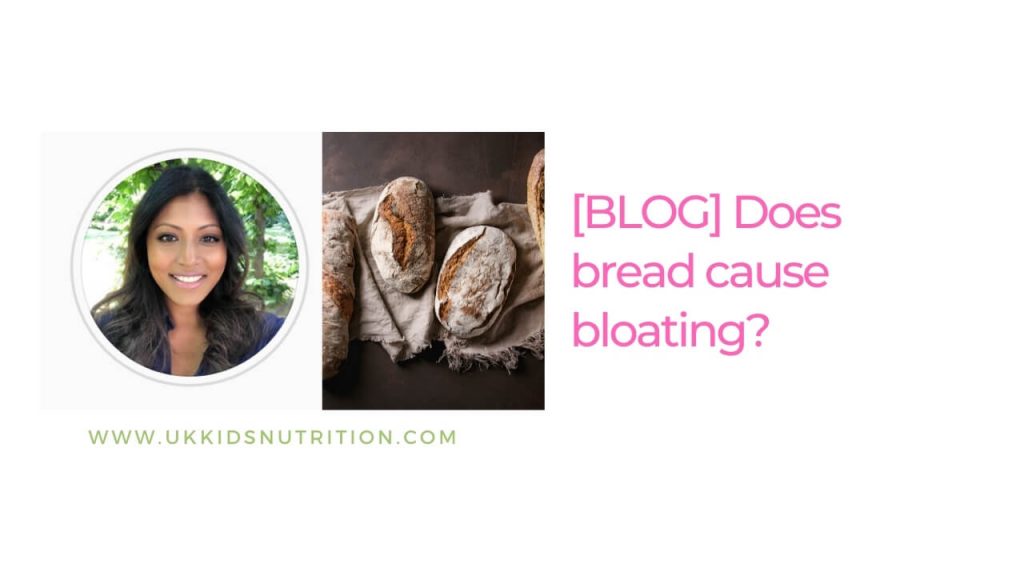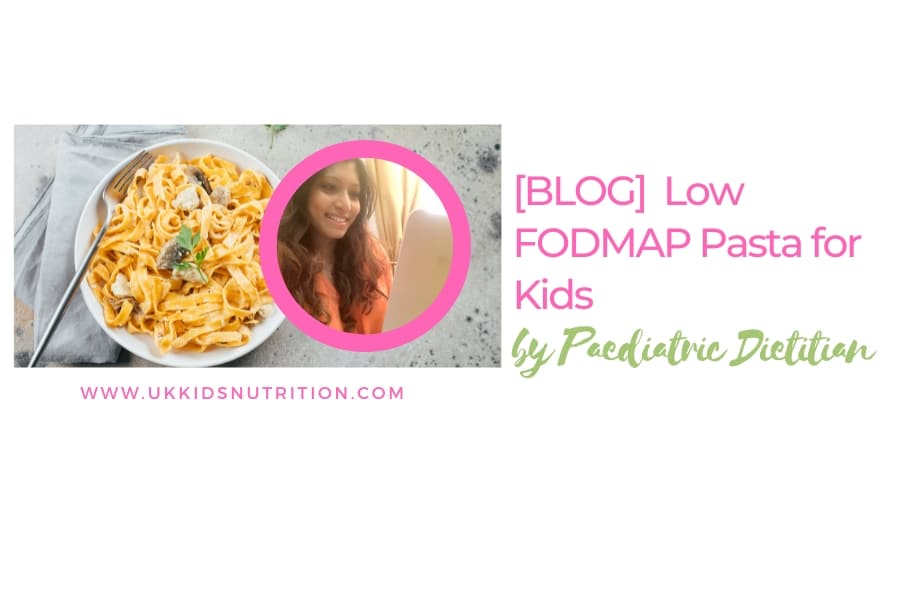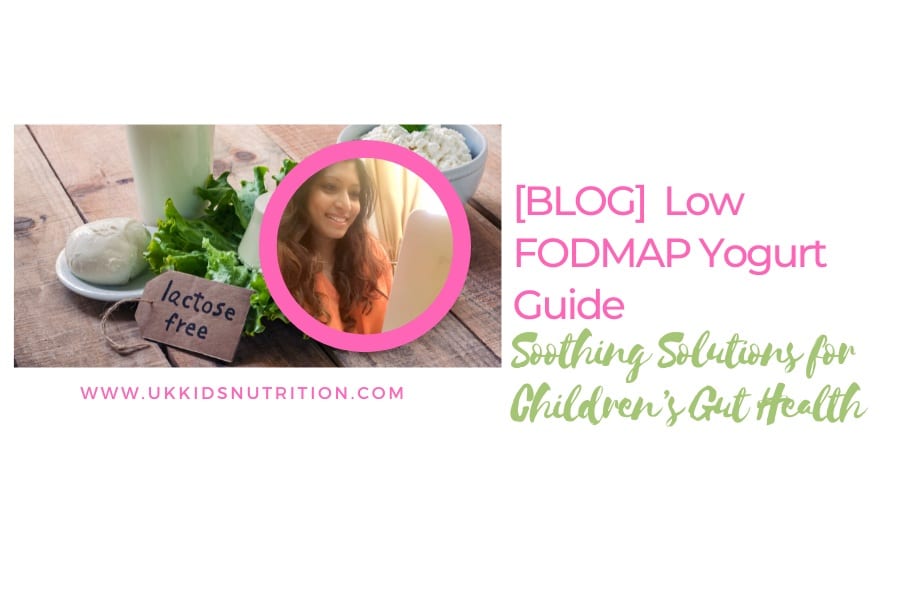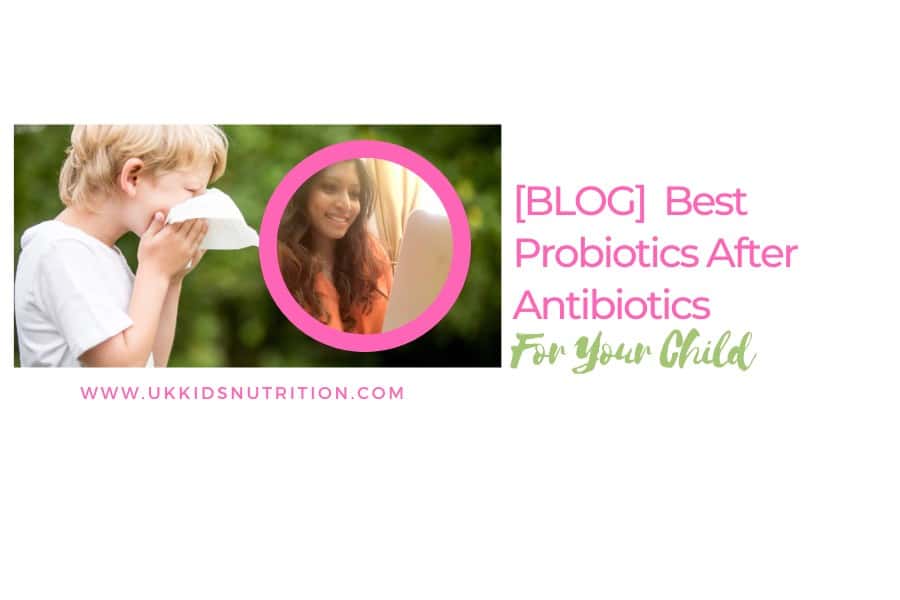Subscribe: Apple Podcast | Email | Spotify | Stitcher
Choosing bread for babies is an exciting time because it means your baby is ready for new textures.
Selecting the best bread for your baby can feel daunting at first, particularly if you are concerned about choking.
Next, you are probably wondering whether to start with white or brown bread for babies.
Then there are food allergies or worries about constipation or diarrhoea on your mind.
If questions like these are worrying you and you just want to know what’s the best bread for babies, then this article and accompanying podcast episode are for you.
When can babies eat bread?
Babies can eat bread from around the age of 6 months when they first start solids.
As bread may contain some of the common allergens like milk, egg, nuts and seeds, it’s best to delay introducing bread to your baby until they’ve first tried some of the low allergenic foods.
Once they’ve successfully tried fruit and vegetables, consider prioritising iron-rich foods and then bread. Read more about weaning here at Weaning At 4 Months and 6 Months.
What is bread for babies?
Bread is a carbohydrate food that is baked together using flour, water, yeast and salt.
Traditionally bread is prepared with wheat flour which contains gluten and wheat.
It can also be prepared with other common allergens such as milk, egg, soy, nuts and sesame.
With the rise in popularity of gluten-free diets and awareness of an autoimmune condition called coeliac disease, a variety of gluten-free grains are now combined to make gluten-free bread.
This includes bread for babies. Just be aware that there aren’t any special loaves of bread made specifically for babies.
When your baby first starts eating bread, you can start with the bread you usually serve to your family.
There are a couple of exceptions so keep reading to find out more.
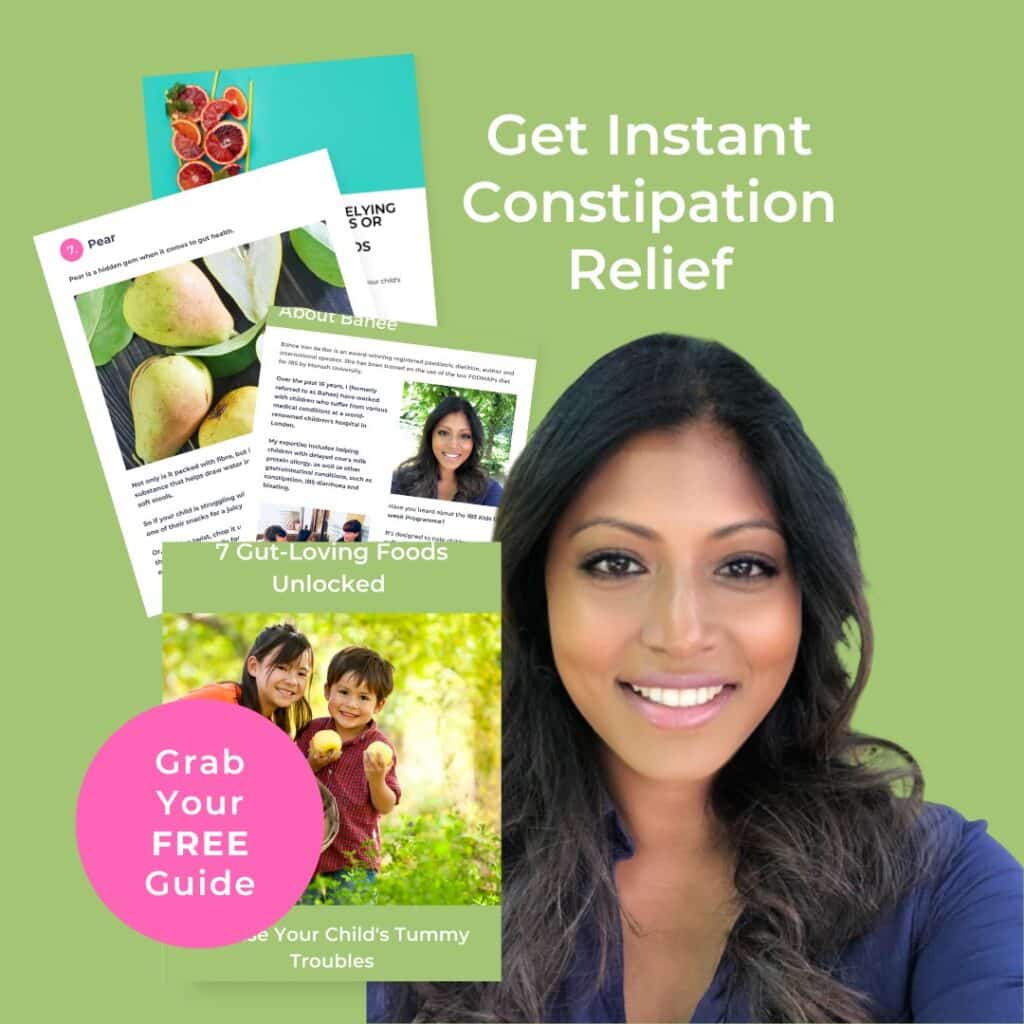
How to give bread to a 6 month old baby
You might worry that bread can be a choking hazard for babies starting solids for the first time.
For this reason, when you start giving baby bread, break it up into smaller pieces or toast it and then cut it into thin finger-shaped slices.
Bread only poses a choking hazard if the piece of bread is too large, starts sticking to your baby’s mouth or your baby is unable to confidently mash it into small pieces before attempting to swallow it.
As a rule of thumb, when bread is first offered, the pieces should be small enough for your baby to pick up using their fingers.
Another option is to toast the piece of bread and slice it lengthwise into long slender pieces.
This way your baby can enjoy it like a teething snack and gnaw at it or slowly chew on the piece of bread.
Once your baby has confidently established eating fruit, vegetables, soft pieces of chicken, fish, meat and other grains, the texture of the bread will be manageable for them.
You could also smear a thin layer of mashed avocado, nut butter or soft cheese over the bread as a meal option.
As part of their weaning journey, it’s important to introduce your baby to allergenic foods like gluten from bread, pasta or other wheat-based foods before they reach 12 months of age.
What bread is suitable for babies
Best bread for baby led weaning
Babies should only start baby-led weaning from the age of six months.
If you start younger than 6 months your baby won’t be developmentally ready to self-feed. If you offer pieces of bread to younger babies, this can increase their risk of choking.
The good news is that once your baby starts weaning at 6 months, you can choose any type of bread.
The most important thing is to slice the bread lengthwise into fat finger-sized pieces so that your baby can grab onto it easily.
Both white and brown bread can be toasted easily. Toast can be a little easier for children to grip onto (but toasting isn’t necessary).
You can start with untoasted bread or lightly toasted bread.
Begin with and transition to toasted bread when your baby is comfortable with a variety of textures.
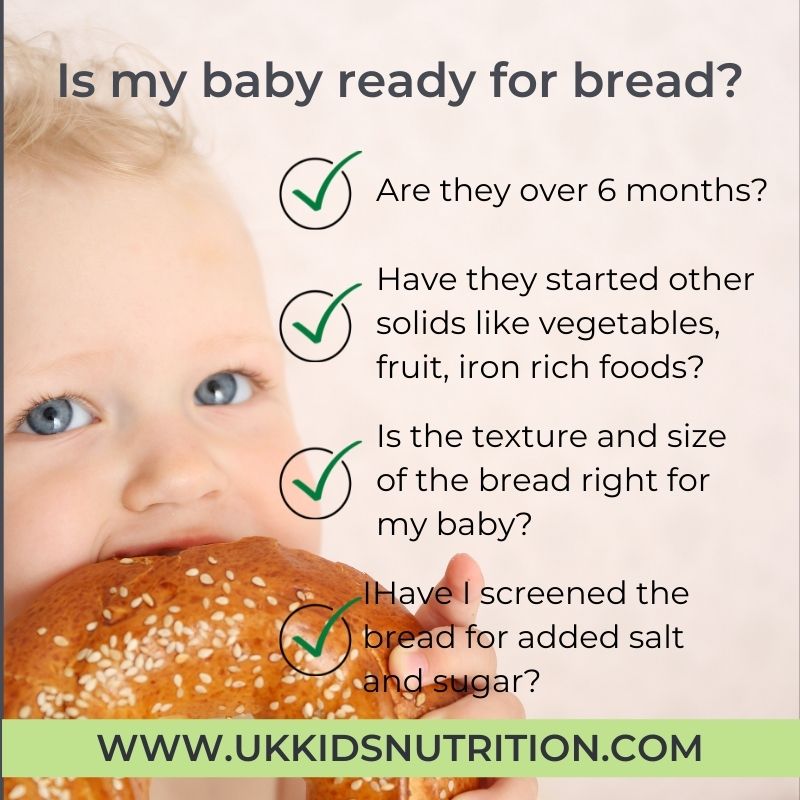
At what age can babies eat toast?
As soon as they are ready to try the bread.
Babies who are following baby-led weaning can potentially start trying bread from 6 months of age.
As mentioned earlier in the article, lightly toasted bread may be a preferable texture for some babies to reduce their choking risk.
Can 9 month old eat bread?
By 9 months of age, babies should have developed their pincer grip.
This means they will be able to pick up small pieces of food and direct the food towards their mouth.
When your baby is 9 months of age, you can start to slice pieces of toast into thin strips for them to pick up.
Alternatively, you can cut it into small bite-sized pieces.
White or brown bread for babies
Infants and children under 2 years of age do not have daily recommendations for a specific amount of fibre.
Having said that, it’s a myth that only white bread should be given to babies.
It’s a good idea to introduce your baby to a variety of foods, including fibre-rich foods.
White bread is also more likely to clump together and stick inside your baby’s mouth.
This can make it difficult for them to safely manoeuvre it around with their tongue.
One way of managing this is by choosing wholemeal bread or brown bread that feels firm to touch (or toast it until you get a level of firmness that you are happy with).
Most babies will only eat a very small amount, to begin with.
The benefit of starting with tastes when starting solids is that the amount of fibre from wholemeal bread shouldn’t cause any discomfort, gas or bloating.
If you are worried, offer a smaller portion of bread on the following day.
Gradually increase the amount given so that your baby’s tummy can learn to cope with the fibre in wholemeal bread.

Can babies have multigrain bread?
Some babies may not initially enjoy the seeds used in flavouring bread (especially if you don’t usually add this to their morning porridge).
If larger whole seeds are added to your usual bread, it’s a good idea to pick this out or select a different type of bread to reduce the risk of choking.
Your baby will most likely swallow smaller seeds like poppy seeds or sesame seeds whole.
This is fine.
As your baby gets older and their teeth begin to appear, they’ll be able to chew on this.
Always eat with your baby so that you can model how to bite a piece of bread with your teeth and then chew.
Older babies from the age of 9 months can then start to mirror and learn how to eat bread the grown-up way!
In summary, babies can have multigrain pieces of bread but do choose with care.
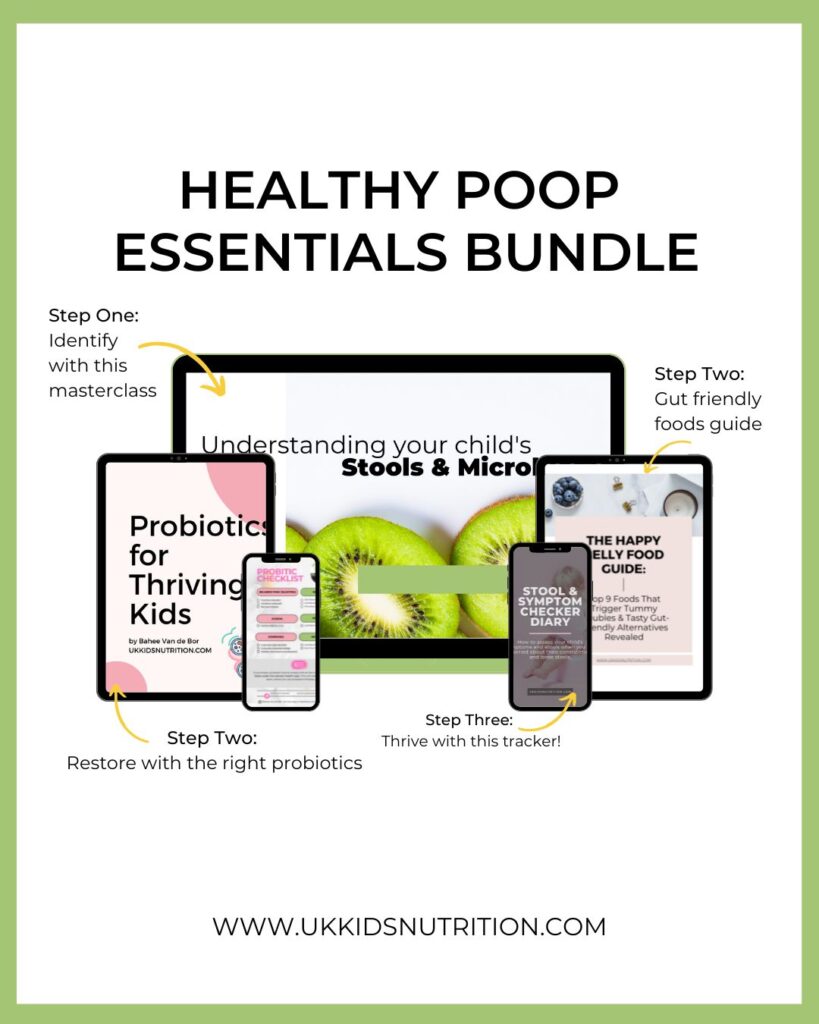
Can babies get too much fibre?
If all the pasta, rice and bread that you offer your baby are wholegrain or wholemeal based, it’s a good idea to vary this with white pasta or white bread to reduce the total amount of fibre your baby eats.
Although there is no set amount of fibre that babies should eat, giving them too much fibre can fill up their bellies and reduce their appetite at mealtimes.
You don’t need to stick to only white bread or white pasta.
I recommend offering your baby a variety of white and brown bread so they are familiar with both.
Bread with added sugars
Some types of bread will have added sugar to help the dough rise or simply to improve the flavour.
Very small amounts of sugar used for this purpose is okay but do try to avoid brands with large amounts of added sugar.
Foods that are high in added sugars should not be given to babies under 12 months of age.
They can quickly develop a taste preference for sweeter foods.
Babies may also consume more calories than their growing body needs.
Bread with added sugar includes fruit loaves like cinnamon and raisin-type loaves of bread, white bagels and soft white bread.
It’s a good idea to screen labels to check for the amount of sugar per 100g.
The ingredients list will often highlight any added sugars like honey, syrups, fruit puree or dried fruit.
The salt content in bread
It’s no secret that bread is one of the highest contributors of hidden salt in our children’s diet!
As it’s a useful source of carbohydrates, bread needn’t be restricted based on its salt content. It’s still a good idea to read nutrition labels to screen for both added sugars and salt.
If the amount of added salt bothers you, you can control the amount of added salt to bread by baking your own.
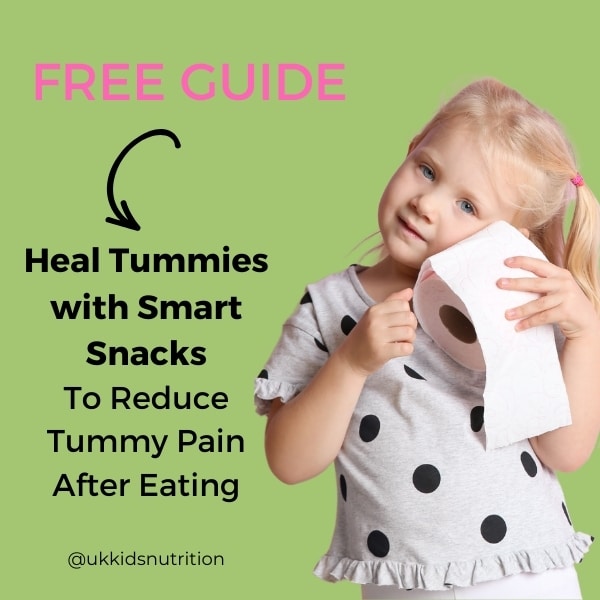
Best bread for toddlers
Once your baby is a toddler, they should be regularly offered bread that’s also a source of fibre.
Wholemeal and wholegrain varieties are best so that the loaf of bread provides at least 5-6g of fibre per 100g.
You can find out how much fibre your loaf of bread provides by referring to the nutrition table.
If you do tend to buy French-style baguettes at the weekends and a wholemeal-style sliced bread from your local bakery or supermarket this is fine too.
In the UK, non-wholemeal flour is fortified with calcium, iron and two B vitamins known as thiamine and niacin.
Soon, the flour will also be fortified with folic acid to reduce the risk of babies born with conditions like neural tube defects.
Is bread constipating for babies?
Bread will not constipate your baby.
If your baby has started to eat bread for the first time, it’s normal for their stool pattern to change whilst they adjust to eating more fibre-rich foods.
With wholemeal bread, the fibre content in bread will help relieve constipation and improve baby poop.
If your baby is struggling with constipation, it’s a good idea to consider their overall fluid intake or any other changes in their diet.
If you are worried about baby poop see How To Help Constipation In Babies And Toddlers.
To help understand baby poop better, you will also find Kid Poop Chart & IBS Explained helpful.
Bottomline
Most babies can enjoy bread from 6 months of age but will typically try bread from around 9 months. When you are first starting bread for babies, it’s an exciting time as it means your baby is progressing along with textures beautifully.
Remember that bread contains gluten and other allergenic foods such as milk, so it’s a good idea to introduce these foods one at a time. I’d also recommend offering your baby bread for breakfast so that you can pick up on any reactions early. Always eat with your baby and remember to cut it into small pieces or toast the bread into finger-shaped slices so that your baby can pick it up and feed themselves.

Let Me Help
Would you like to meet a children’s dietitian who has successfully helped families solve their nutrition problems from around the world?
Whether you are worried about picky eating, food allergy or IBS for children, I’ll help you manage these with confidence.
For bookings and enquiries book a free 15-minute call to discuss how I can help you.
Are you a food brand?
Book a business development call with me here to discuss how a paediatric dietitian like me can help elevate your brand.
